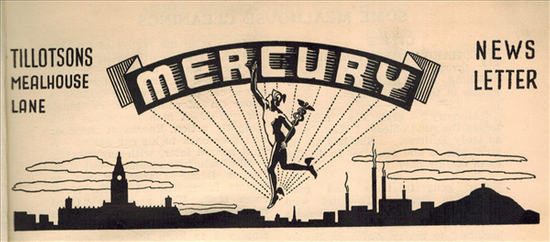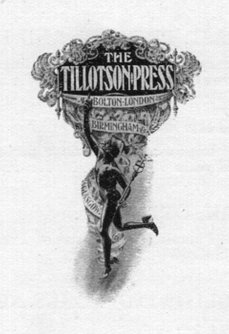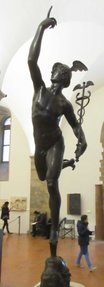Tillotsons
A history of the Tillotson family from Bolton, Lancashire, from 1831
email: petertillotson@btinternet.com
Mercury was started by John Tillotson after the outbreak of WWII to enable the staff on the BEN to keep in touch with each other and receive company news – his idea was for a monthly newsletter chiefly of office gossip and personalities.
It continued in this format until March 1946.
In 1947 the Mercury Club was formed at Mealhouse Lane and the magazine was restarted in October 1947 with the addition of a “Liverpool Log”, a short paragraph about goings on at the Liverpool factory. But in January 1948 it became the house magazine of Tillotson & Son Ltd and the content began to broaden to include more from other companies in the group although still mainly featuring news from Mealhouse Lane.
By 1960 Mercury was reflecting more the wider interests within the company as a whole. It had extensive contents which included news from all the companies within the group as well as some articles of a more general nature and was given a third ‘face lift’ which gave the magazine a larger and brighter format. In the new format it was published quarterly rather than monthly.
By 1960 the parent company Tillotson and Son Ltd was based at Ashleigh, off Chorley New Road, Bolton; Tillotsons Newspapers Ltd in Mealhouse Lane, Bolton; Tillotsons (Bolton) Ltd on Manchester Road, Bolton; Tillotsons (Liverpool) Ltd on Commercial Road, Liverpool; The Premier Box Company Ltd in Hulme, Manchester (later to become Tillotsons Containers Ltd) and Corrugated Fittings Ltd in Burwell, Cambridge (later to become Tillotsons Corrugated Cases Ltd with another factory in Monmouth). There were several additions to the company later including Tillotsons Mouldings Ltd in Slater Street, Bolton; Mansell Litho Ltd in London, Rotaplates (Bolton) Ltd at Manchester Road, Bolton and City Times (Stoke-on-Trent) Ltd in Hanley. Associate companies included Tri-Wall Containers Ltd in London, A.A.Griggs & Co., haulage contractors in Soham and Industrial Developments (Packaging) Ltd in Burnley.
The emblem of the figure of Mercury, the messenger God, was adapted from the famous bronze scupture of the Flying Mercury by the late Renaissance Flemish sculptor Giambologna now in the Bargello in Florence.


